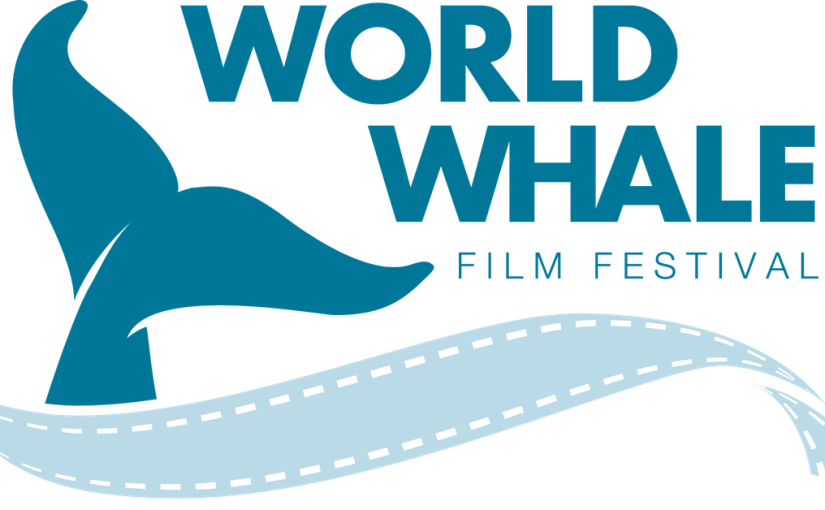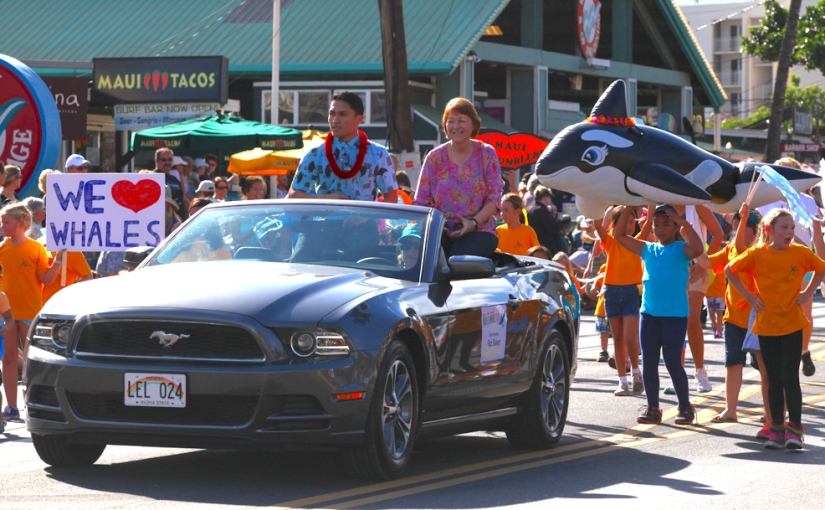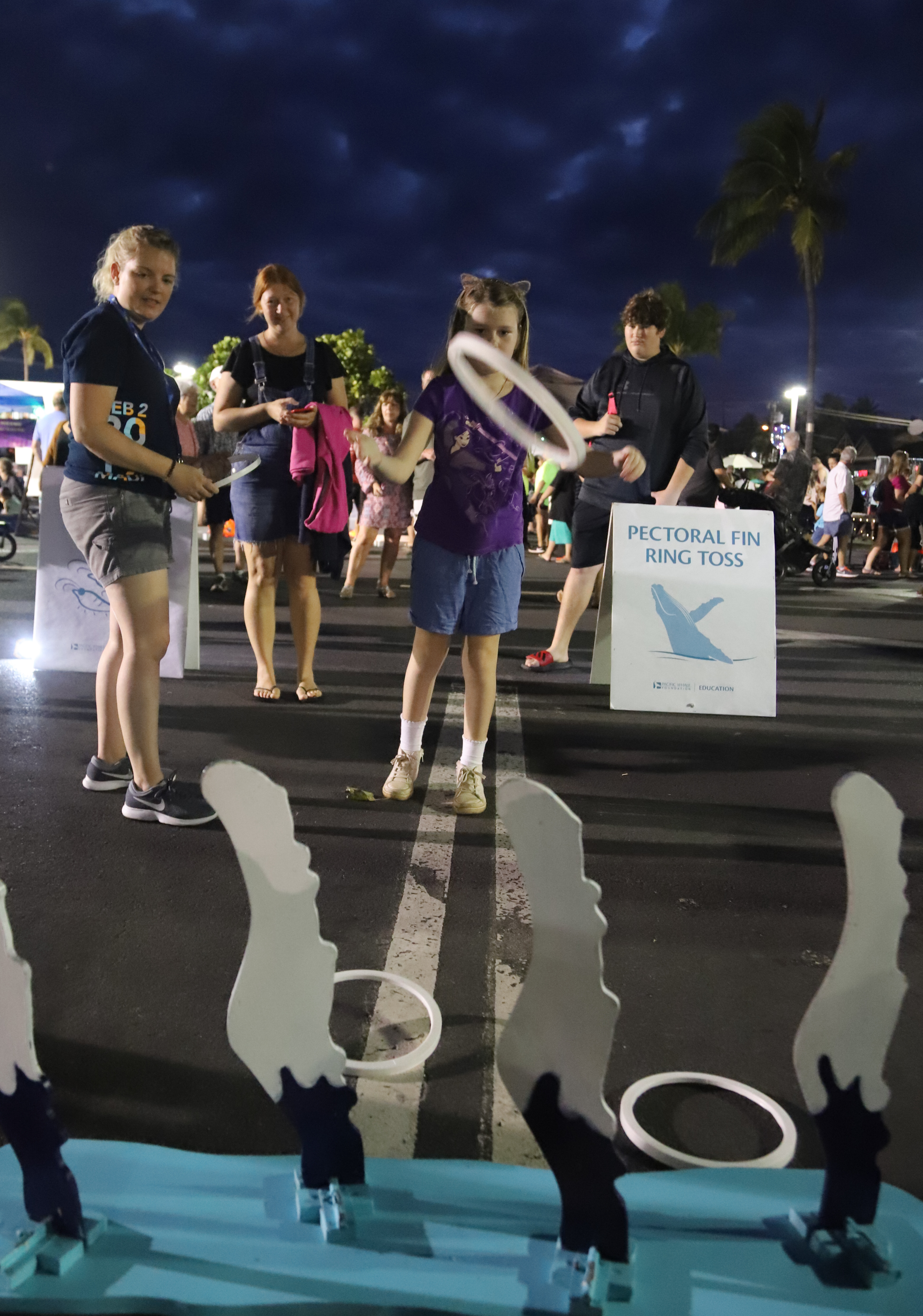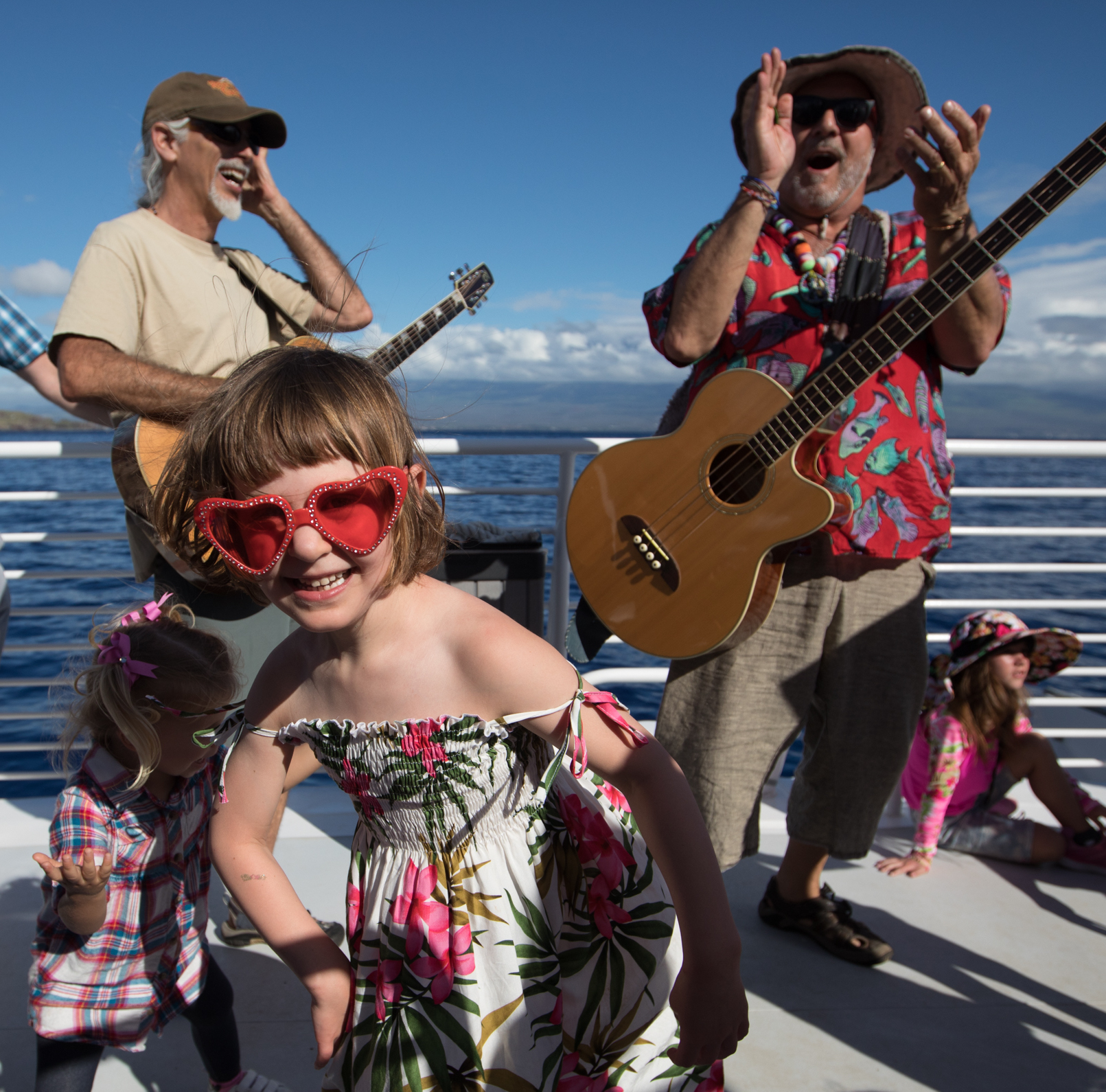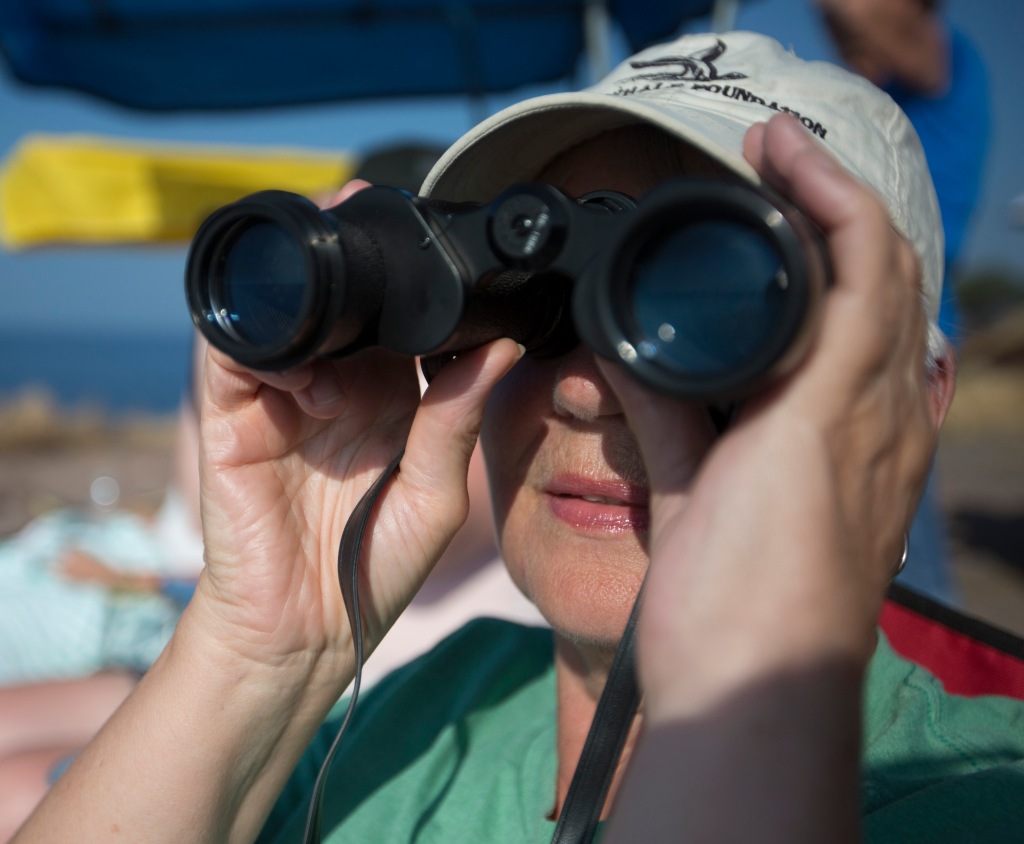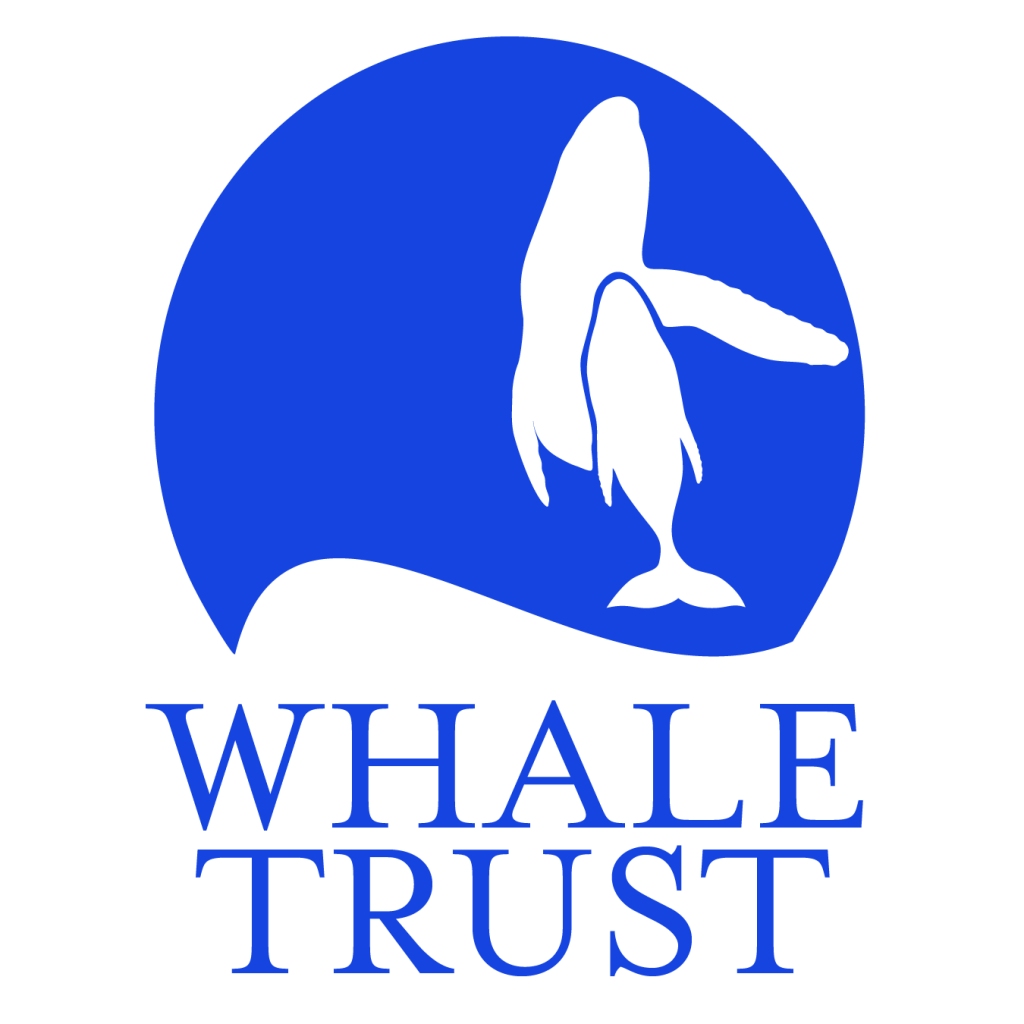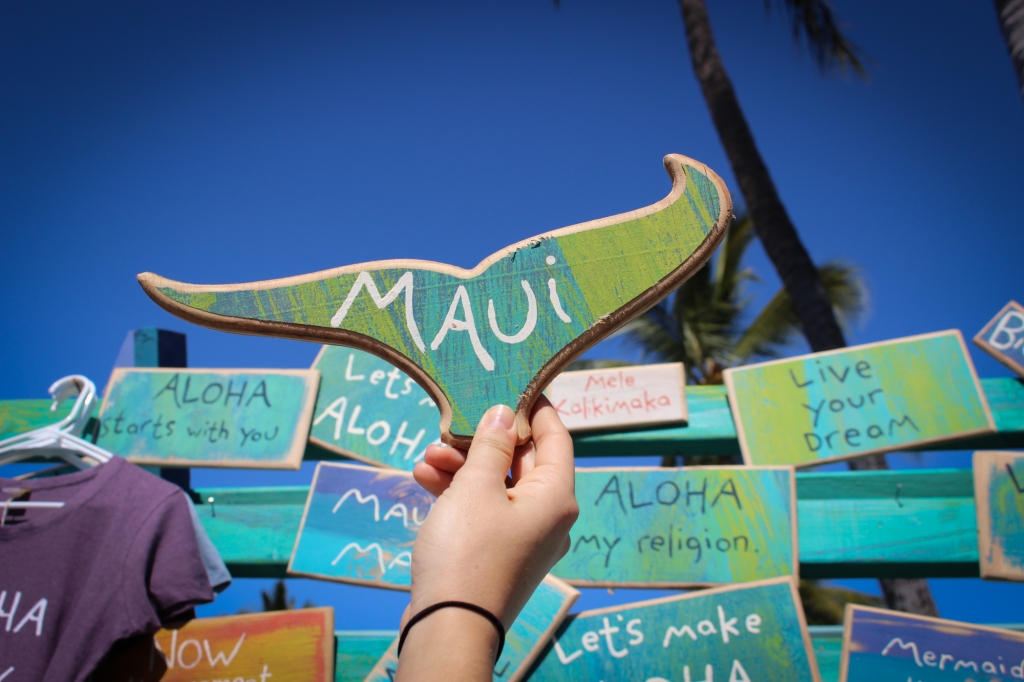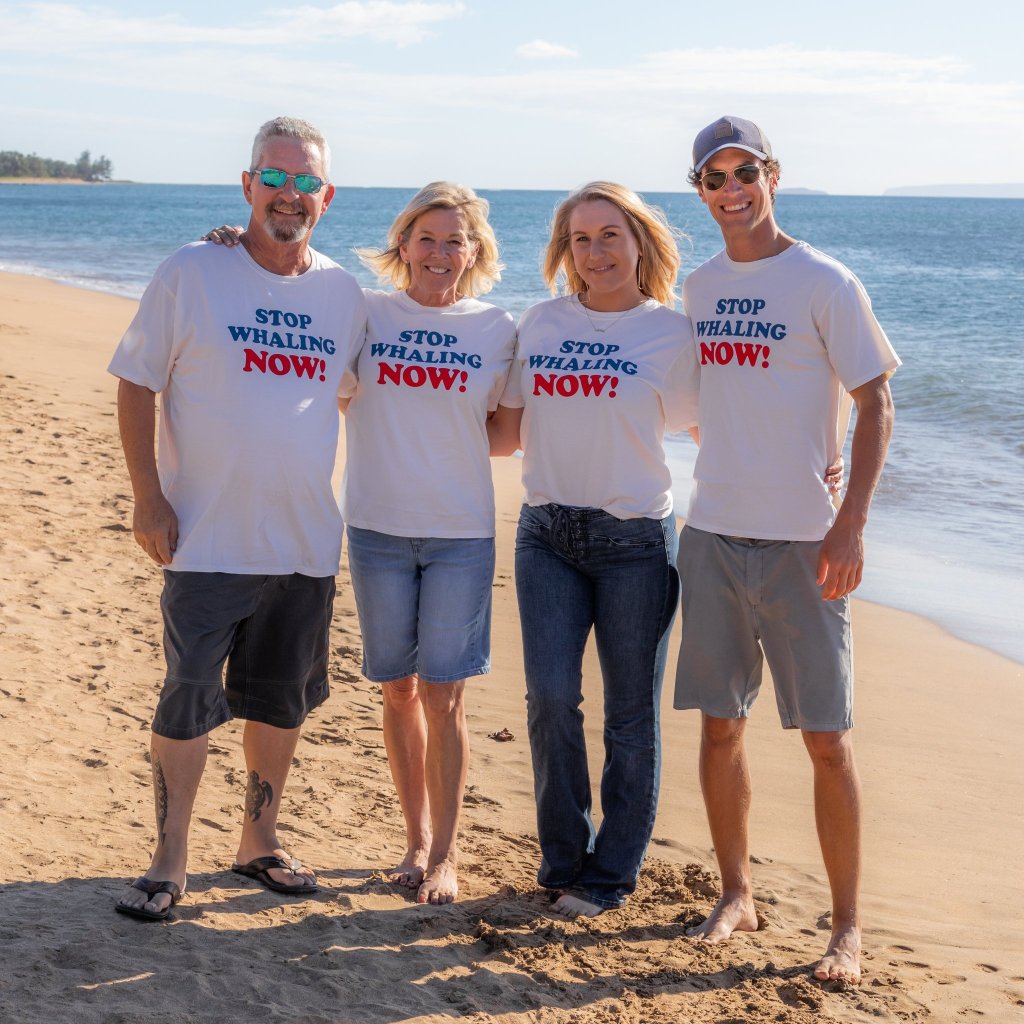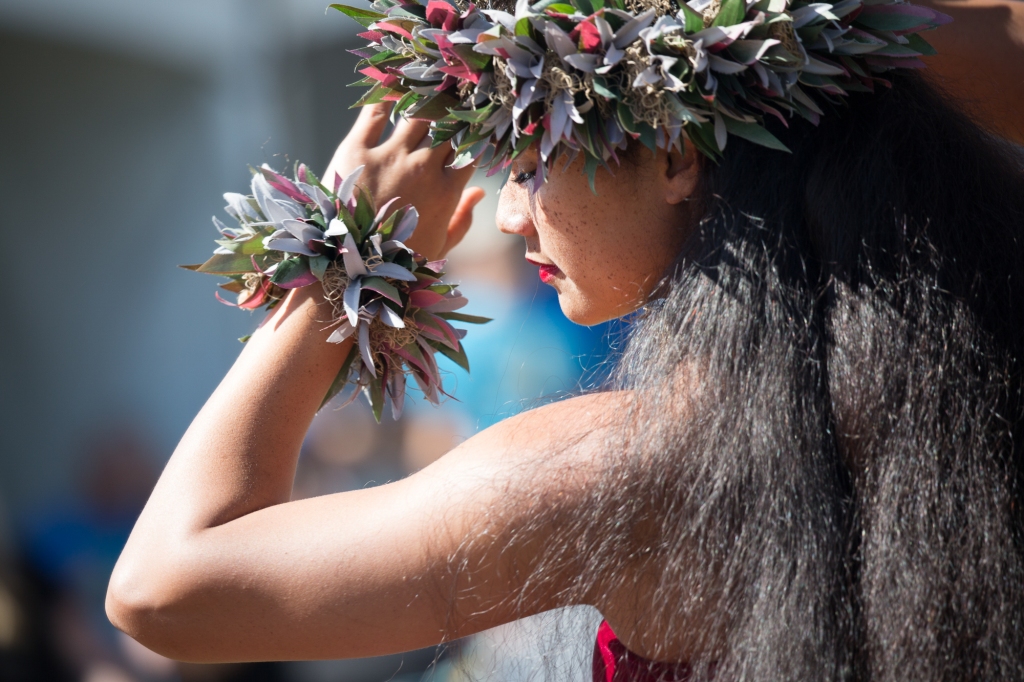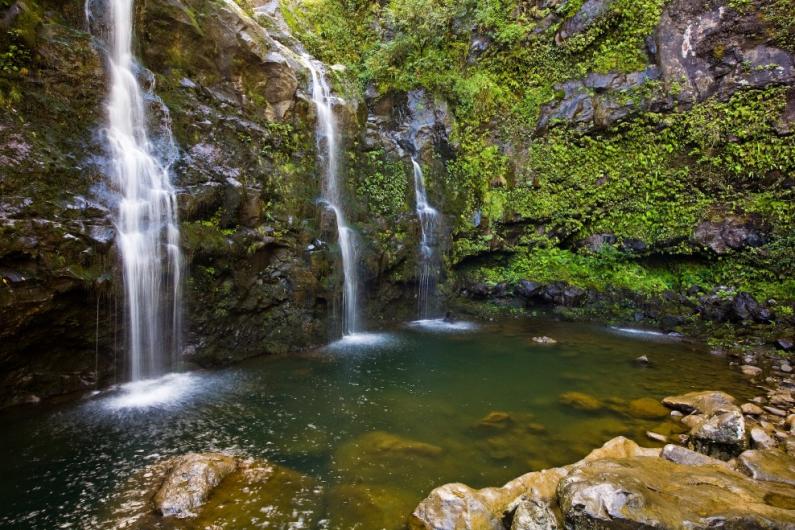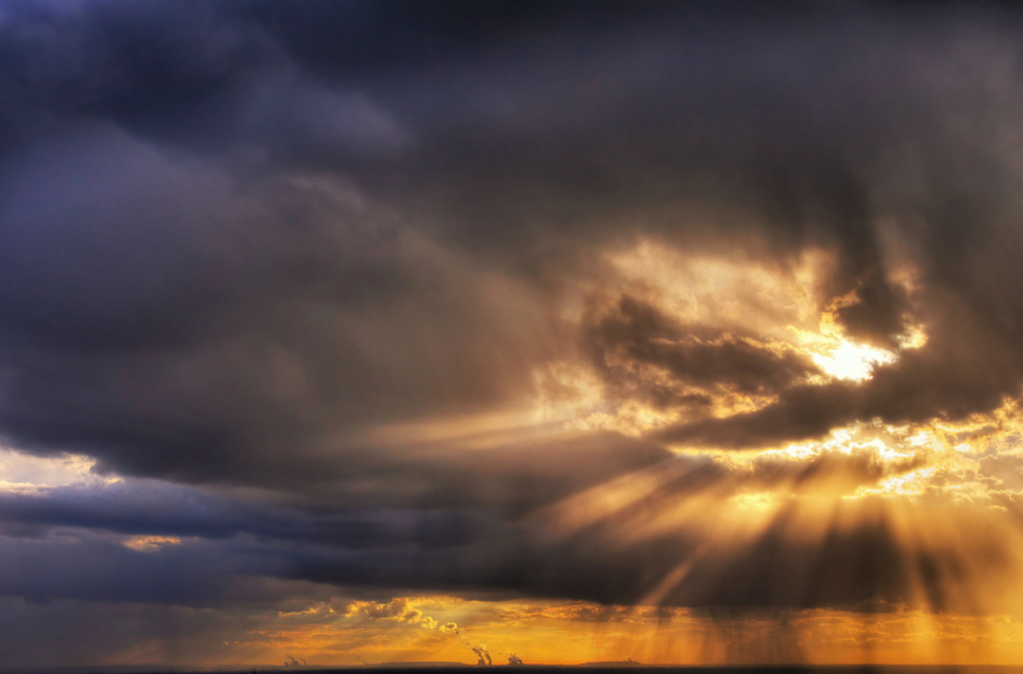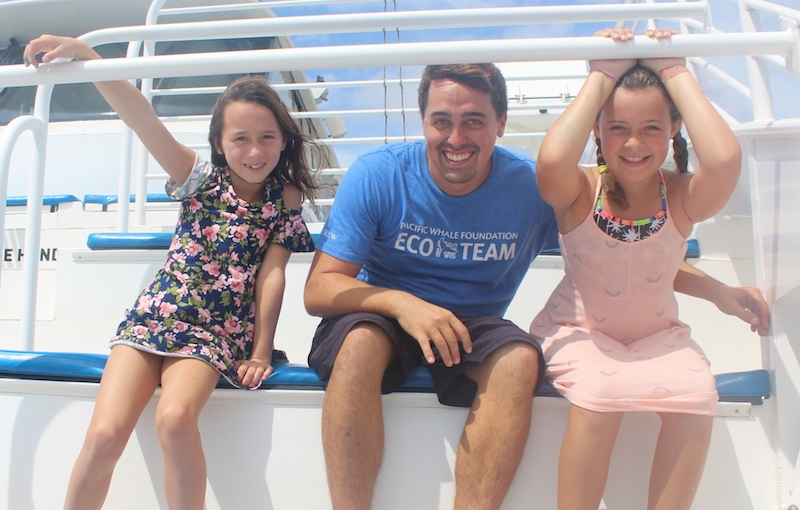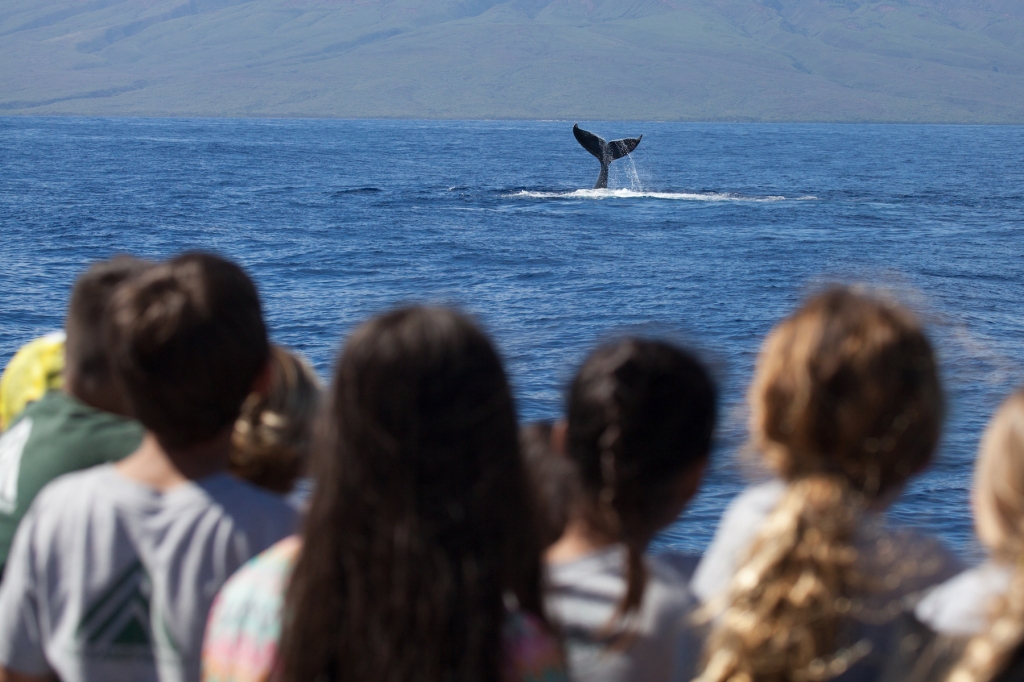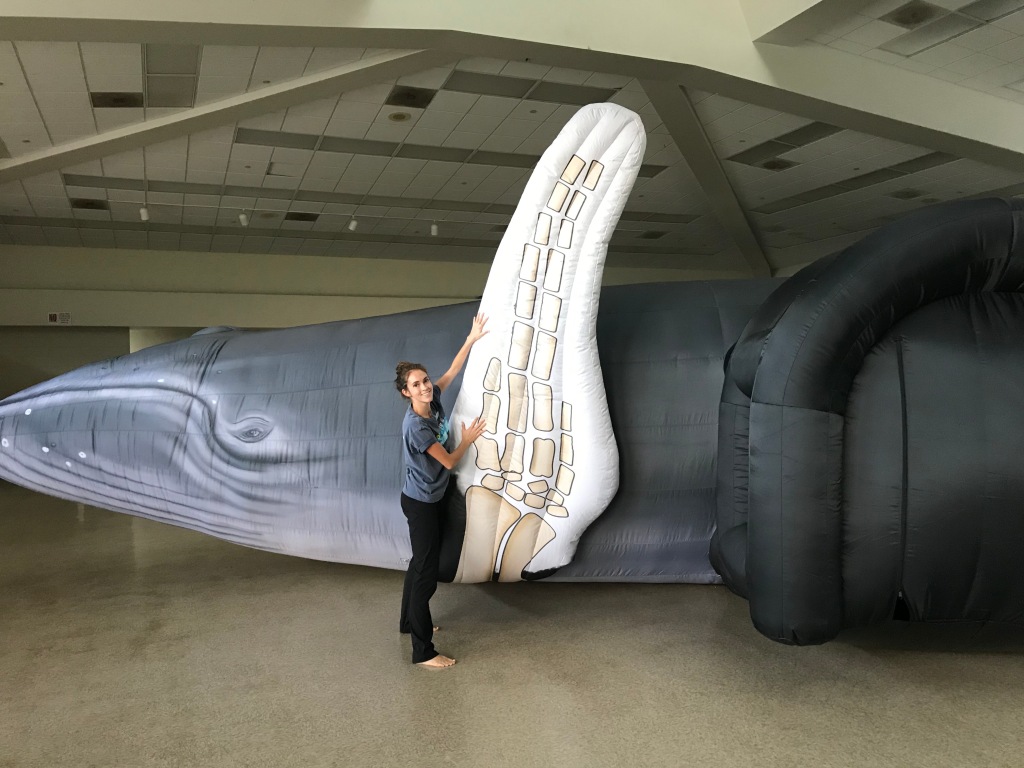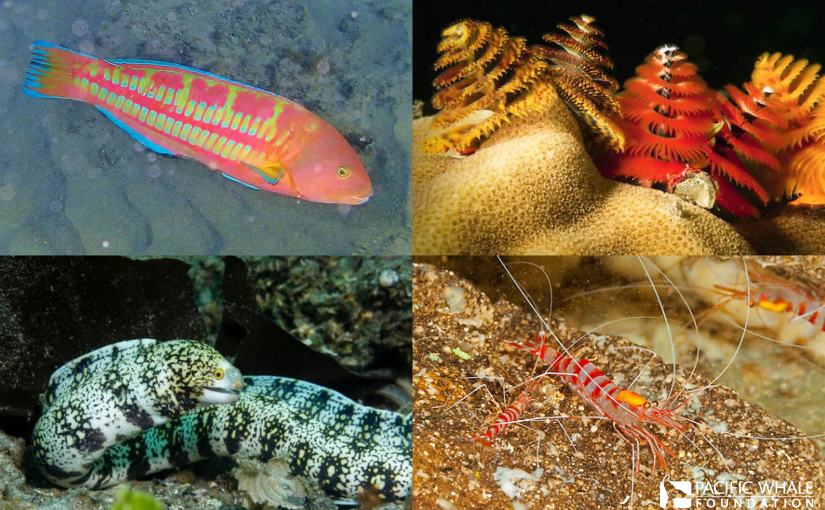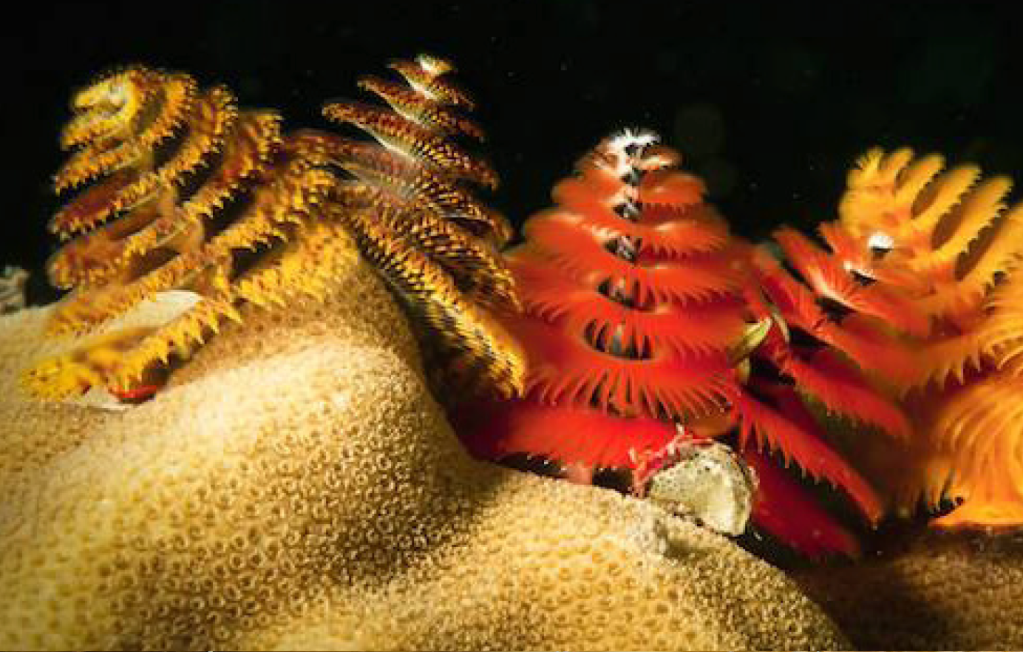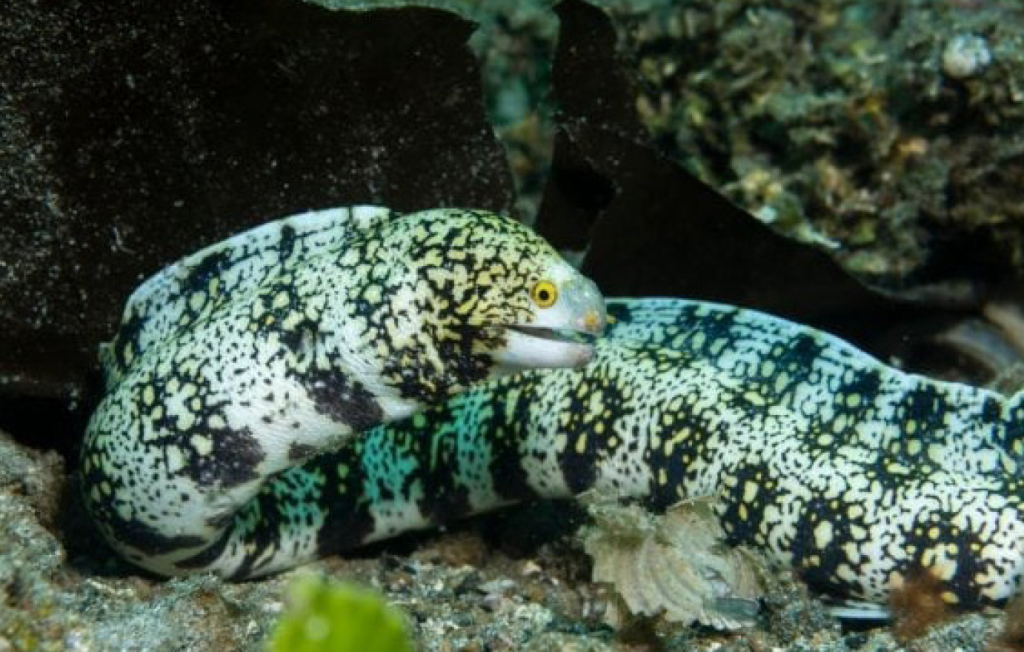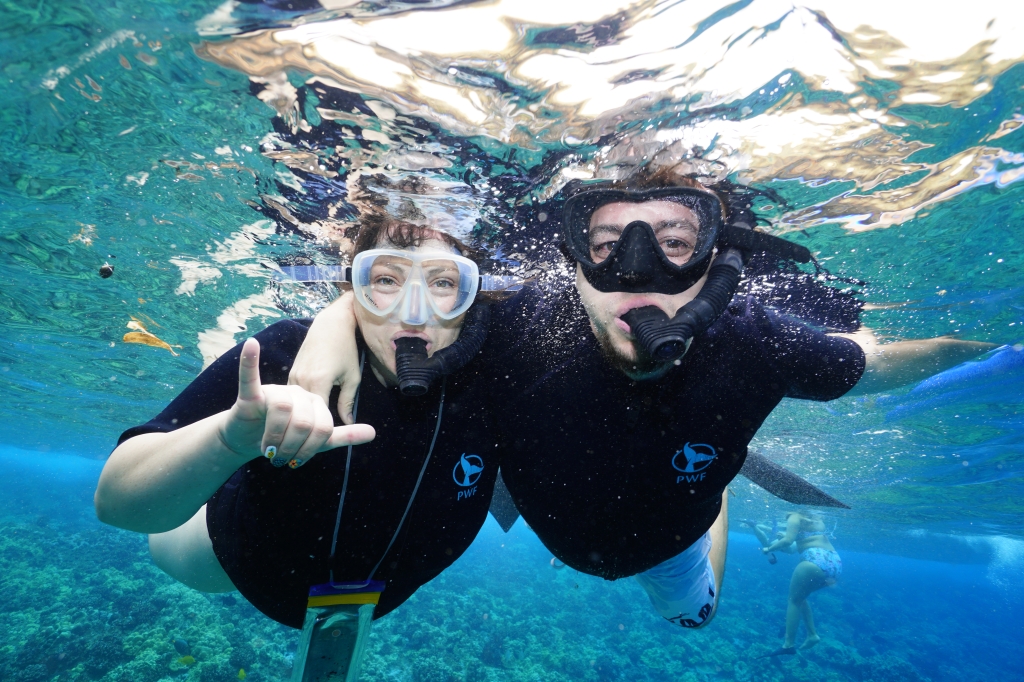The 4th annual World Whale Film Festival is here! This event has proven to be a lasting and powerful addition to our Maui Whale Festival. The Film Festival promotes visual storytellers who are passionate about our oceans and tell powerful stories about ocean and wildlife conservation at home and around the world. Tickets are only $10 ($20 VIP) and all proceeds benefit Pacific Whale Foundation’s mission to protect the ocean through science and advocacy and inspire environmental stewardship. Before the films begin, browse our interactive, educational booths and grab dinner at 808 on Main, Umi sushi restaurant, or one of the local food trucks that will be there.
We are thrilled to have Wailuku-born Kaimana Brummel as our emcee for the event!

I am honored to emcee the Pacific Whale Foundation’s 40th anniversary World Whale Film Festival,” shares Kaimana, “Growing up on Maui, I have always been connected to the ocean and the life within it. My first name means “the spirit of the ocean is calm” and like many of PWF’s supporters and staff, the ocean is where I feel most at home. Of course, we want to protect the things we love and that is why I have been involved with PWF since interning with the organization when I was in middle school. As a native Hawaiian my reverence for koholā is in my DNA and I believe we have a kuleana to protect and mālama the koholā as they are the kinolau (physical form) of Kanaloa, god of the ocean.
Gathering in person really matters. Coming together for a specific reason—in this case, to experience these films together, helps us to feel more connected and inspired. Taking in these films in a group allows for the exchange of information and ideas before and after the films. Plus it’s more fun! We will remember seeing koholā on a big screen, hearing their deep voices in a way that sends sounds waves through our bodies. You can’t get that experience through a video posted online.
We have a stellar lineup this year, including a very special premiere.
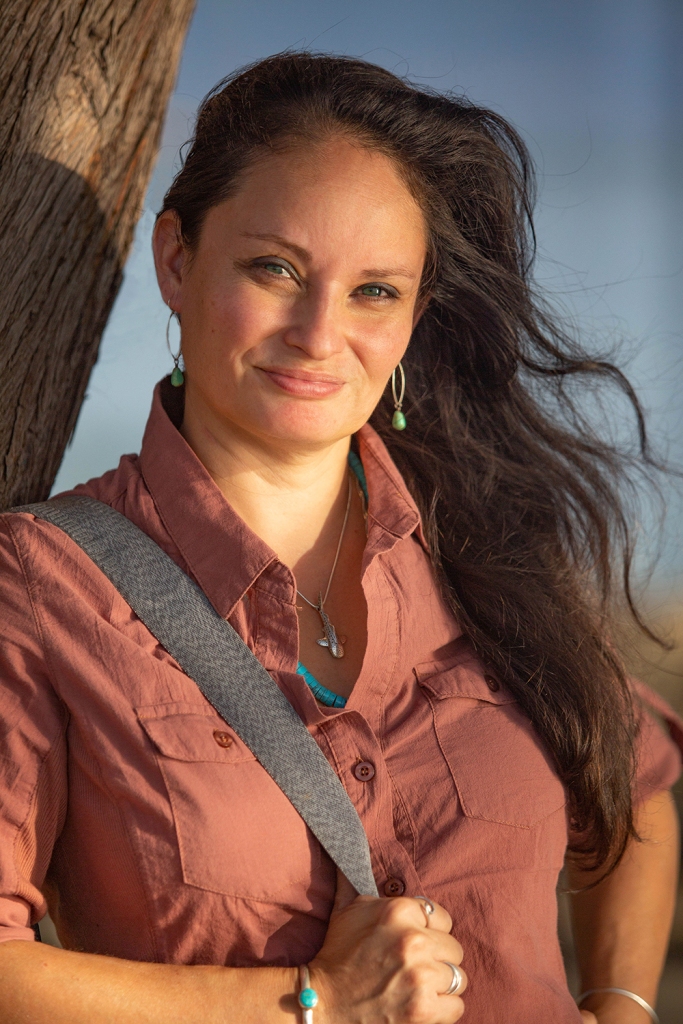
Two years ago, Pacific Whale Foundation’s founder Greg Kaufman passed away after a hard-fought battle with cancer. ‘A Voice for Whales’ was created to tell the story of his fight to save humpback whales from extinction by educating the public, from a scientific perspective, about whales and their ocean habitat. A film created over the course of two years by Greg’s wife, PWF team member, and acclaimed photojournalist Selket Kaufman, the 20-minute piece tells a story of hope and of “standing up for what you believe in, no matter the odds,” according to the filmmaker, who traveled to Tonga, Slovenia, Australia and the continental U.S. to interview, friends, colleagues and people who knew him best to help tell his story.
Complete Film Lineup

The Beauty
Pascal Schelbli
What if nature could solve the problem created by humanity by integrating plastic into sea life? Take a deep breath and dive into a world where we encounter bizarre creatures and discover eerily beautiful landscapes in the depths of the ocean. This film offers a unique and imaginative perspective on the plastic pollution crisis that the ocean faces.


Abrolhos Sea of the Whales
ECO360
Daniel and Marina are Brazilian biologists who ended up in the Abrolhos Region of Brazil to study humpback whales and, as a result of their desire for sharing this passion through powerful images, ECO360 was born. This film is about the heroic recovery of breeding stock A, which was severely depleted by commercial whaling and has now become a symbol for the entire region, attracting thousands of visitors to appreciate the natural beauty of the area.
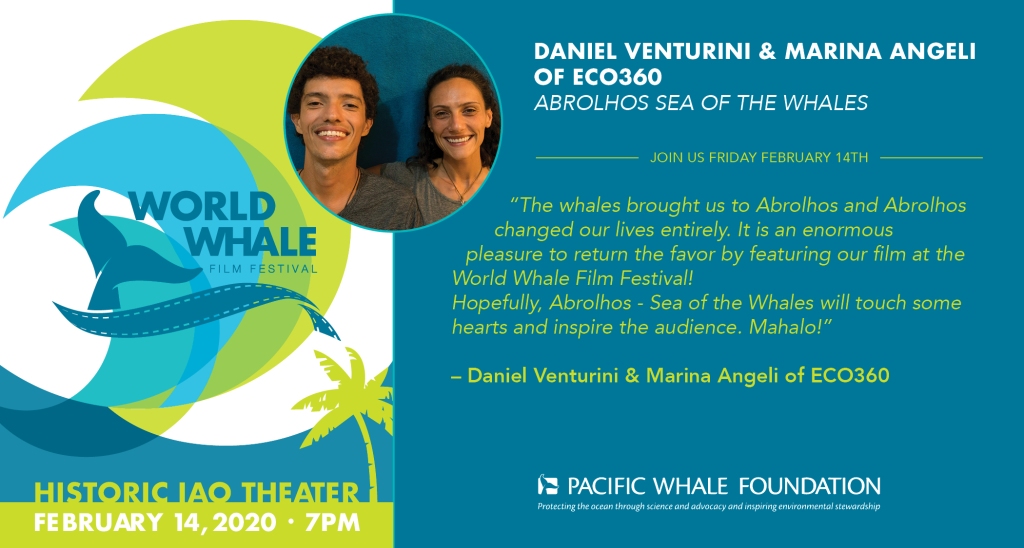
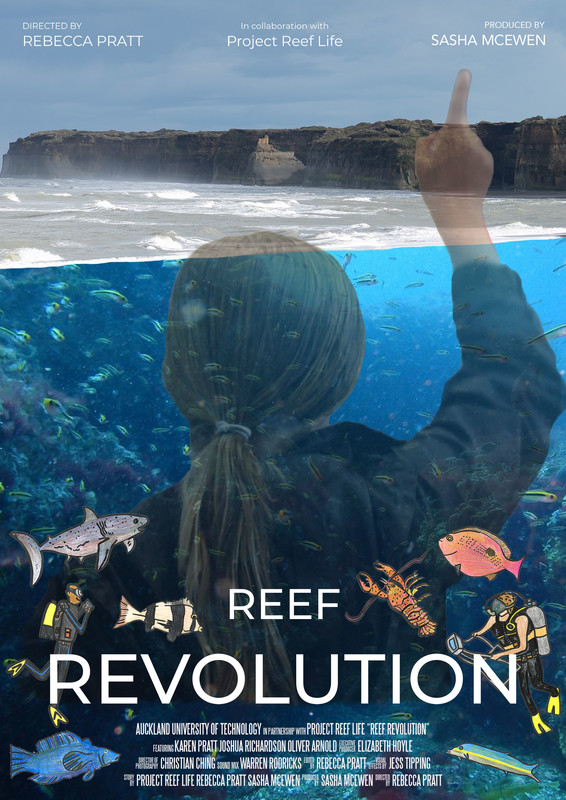
Reef Revolution
Rebecca Pratt
An undocumented reef, 11km offshore of New Zealand, has captured the curiosity and passion of a dedicated team and their local community. Follow in this sentimental journey, as the younger generation join ‘Project Reef Life’ team members in their journey of ocean discovery, and in turn surprise an older generation about life under their local ocean.

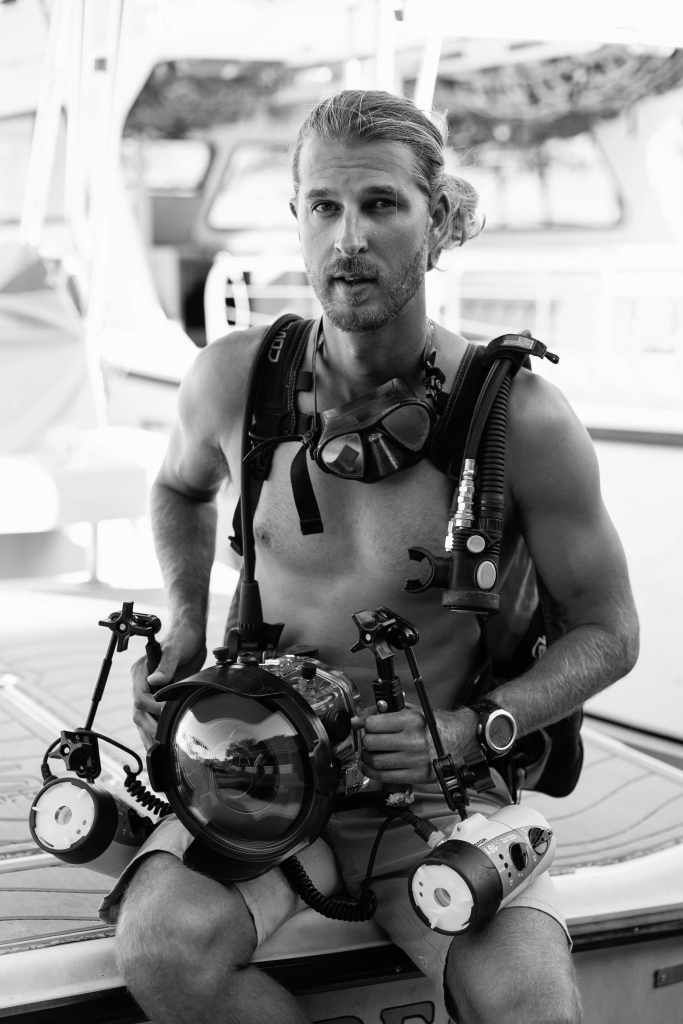
Fragments of Hope
Andrew Raak
With over 20 years of scuba diving experience, PacWhale Eco-Adventures captain Andrew Raak has seen changes in the world’s ocean with his own eyes. His first experience on a tropical coral reef was on the island of Roatan, Honduras at age 12. Now, he revisits the same island as an adult, to document the steps involved in coral restoration. A process that is giving some people hope to save reefs under threat from environmental pressures.

Patagonia Projects: Whale Conservation
Patagonia Projects was founded by Keri Pashuk and Greg Landreth, two sailing explorers who in 2012 decided to offer their boat Saoirse as a full-time platform for conservation science. They have developed a network of scientists, institutions, funders and local stakeholders, and are tackling major whale conservation issues in Patagonia.

How a Song Saved a Species
Rémi Cans
By the 1960’s, commercial whale hunting caused the whale population to drop by an estimated 90% from what it used to be in the 19th century. The discovery of communication through complex song by Roger Payne and his team help show the world that whales are intelligent animals who play a crucial role in maintaining ocean health, contributing a to a creation of a global movement which eventually led to a moratorium on commercial whaling.

Aegean Marine Life Sanctuary Lipsi Island
Archipelagos Institute of Marine Conservation & Clawed Hat Films
Follow the journey of the Aegean Marine Life Sanctuary as they aim to be the first refuge in the world to provide a solution for the retirement of formerly captive dolphins and home to others who cannot be released back to the wild.

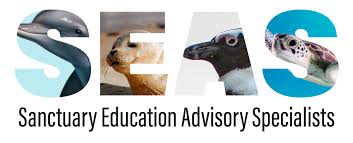
Dolphin Sanctuaries: A Future for Dolphins in Public Display Facilities
Sanctuary Education Advisory Specialists (SEAS)
This film documents the efforts of SEAS to assist the Sanctuary in its goal by facilitating the co-operation between commercial captive facilities, rescue organizations, the public, corporate partners and rehabilitation facilities prioritizing the best welfare outcome for the animal.
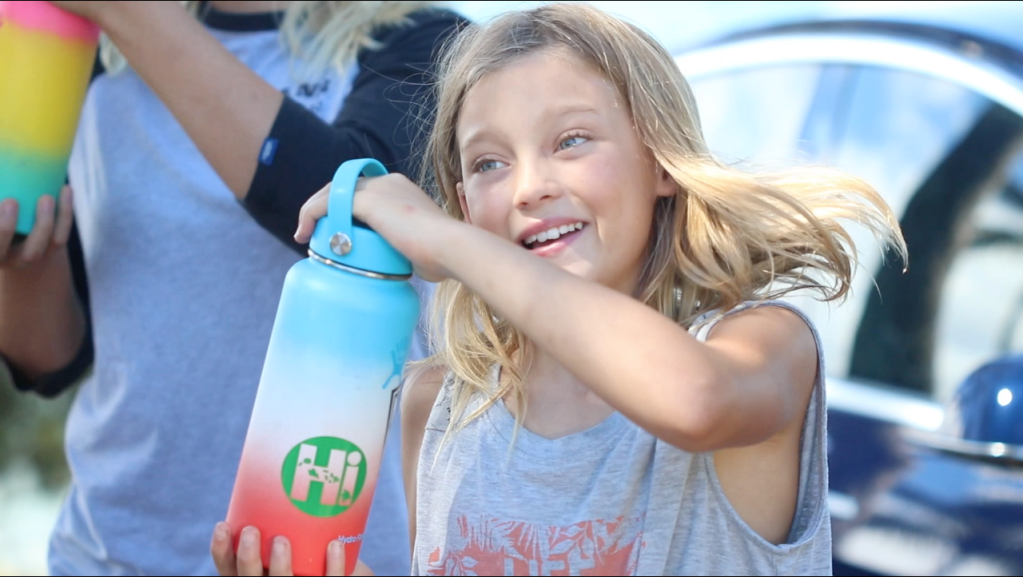
Bring Your Own
Maui Huliau Foundation youth
Maui Huliau Foundation has empowered the next generation to create this film, a student-written musical parody set to the popular OMI song Cheerleader. The goal is to highlight the importance of “bringing your own” in the fight against plastic pollution.
